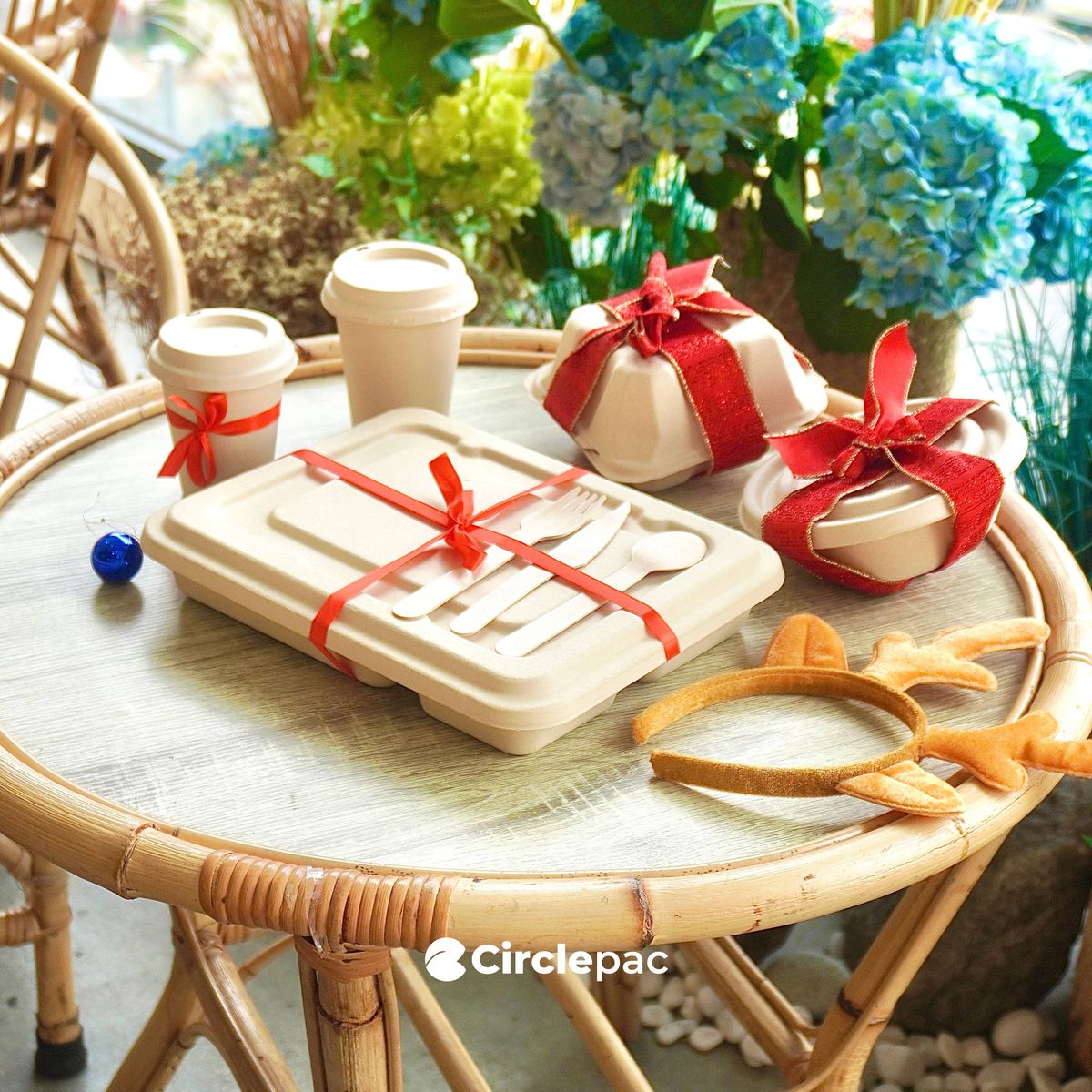
In the era of environmental consciousness. The concept of a Circular Economy has gained significant traction. This green method focuses on reusing, recycling, and redoing materials to cut down on waste. In Malaysia, a country known for its diverse ecosystems and commitment to sustainability. The role of packaging in the Circular Economy is particularly crucial. By focusing on sustainable packaging solutions, Malaysia sets a precedent in environmental stewardship.
Understanding Circular Economy
The Basics
The Circular Economy is mainly about how we make and use things. It includes sharing, renting, reusing, fixing, redoing, and recycling things to use them for a long time. This cycle reduces the need to create new products. Thereby minimizing waste and resource consumption.
Impact on the Environment
The Circular Economy model stands in stark contrast to the traditional linear economy. Which follows a 'take-make-dispose' approach. By redefining growth and focusing on positive society-wide benefits. It leads to a reduction in environmental impact. This approach can significantly lower carbon emissions and conserve natural resources.
Packaging in Malaysia
Current Scenario
Malaysia, as a developing nation, faces challenges in managing waste, particularly plastic packaging. The nation is dedicated to sustainable methods, leading to new ideas in packaging. Moving to eco-friendly packaging is important for both the environment and our economy.
Pioneering Sustainable Solutions
Malaysia is making great strides in sustainable packaging within the Circular Economy. One key effort is using biodegradable materials from local sources. This shows Malaysia's creative ways in this area. This not only supports the local economy. But also reduces the carbon footprint associated with packaging.
Sustainable Packaging Strategies
Design for Sustainability
The key to sustainable packaging lies in its design. Packaging should be designed to be either reusable or recyclable. This design philosophy ensures that packaging materials remain in the economy. For as long as possible, thus reducing waste.
Materials Matter
Choosing the right materials is crucial for sustainable packaging. Biodegradable and compostable materials are becoming increasingly popular. These materials break down naturally, leaving no harmful residue. Thereby aligning with the principles of the Circular Economy.
Challenges and Opportunities
Overcoming Obstacles
In Malaysia, a big challenge with using sustainable packaging is the cost of moving to eco-friendly materials. Also, it's important for many people to know about and join in recycling and reusing.
Future Prospects
Despite these challenges, there are significant opportunities. The push towards sustainable packaging opens up avenues for innovation and entrepreneurship. It also presents a chance for Malaysia to lead in the area of sustainable packaging in the ASEAN region.
Malaysia's Sustainable Packaging Journey
Using sustainable packaging in the Circular Economy is key for a greener future. Malaysia, with its commitment to environmental stewardship. It is well-positioned to be a leader in this domain. The journey is filled with challenges. But the potential rewards for the environment, economy, and society are immense. As we move towards a more sustainable world. The role of packaging in the Circular Economy cannot be overstated.




